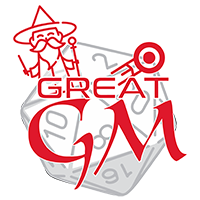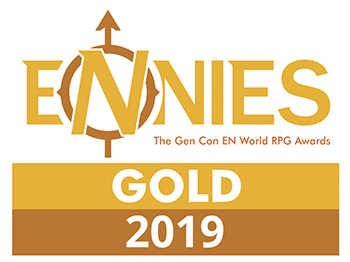The World and its Differences From Earth
This world is Earth, but Earth from a different timeline. The divergence point is approximately a million years ago, before the development of anatomically modern humans. At that time, a large impact event struck just west of the eastern coast of the Mediterranean Sea. This meteor not only disrupted the area that would have been the Fertile Crescent, it also threw up enough dust in the air to cause cold summers and colder winters worldwide causing worldwide population of animals and proto-humans alike to decline. Furthermore, the meteor introduced a mana ecology to the entire world.
Geography
The impact event that marks the divergence of this timeline from our own caused some changes in the fertile crescent area and the eastern Mediterranean. There is a faint but discernible ring of mountain peaks and a central island in the eastern Mediterranean that does not exist in our world. The impact also created a sea-level connection between the Mediterranean and the Red Sea, with ocean filling a valley between the ring mountains at the Red Sea's northern coast.
The impact event deposited a layer of metal and dust, similar to the iridium layer put down at the time of the dinosaur-killing impact. This layer, when investigated by later archeologists, is seen to be noticeably mana-active, and is believed to have kickstarted the mana ecology of the planet.
Fauna & Flora
Extraterrestrial mana, spread throughout the planet's atmosphere and having no natural conduit to flow through, forced the life of the planet to adapt to a new flowing energy source. This manifested as a high level of mutations. Most species adapted to be able to process and handle the new energy source. Most of those adaptions took the form of life creating mana as a byproduct of life itself, releasing it on death. This seems to be a natural evolution of species in a mana-rich environment, so the arrival of the meteor can be said to have kickstarted mana as part of the ecology of the planet. Some species, of course, adapted to use the ambient mana, giving rise to dragons, for example.
Natural Resources
In addition to all of the natural resources of Earth, the addition of mana to the ecology has resulted in natural rivers of mana, known as ley-lines. Where ley-lines intersect, pools of mana form that can be hotly contested as a natural energy source.
Additionally, many rocks and metals can hold mana, and are known (collectively) as manastone. The heaviest concentrations of manastone are found in the eastern Mediterranean, but deposts can be found in quantity all over the world.
Type
Planet
Remove these ads. Join the Worldbuilders Guild









Comments